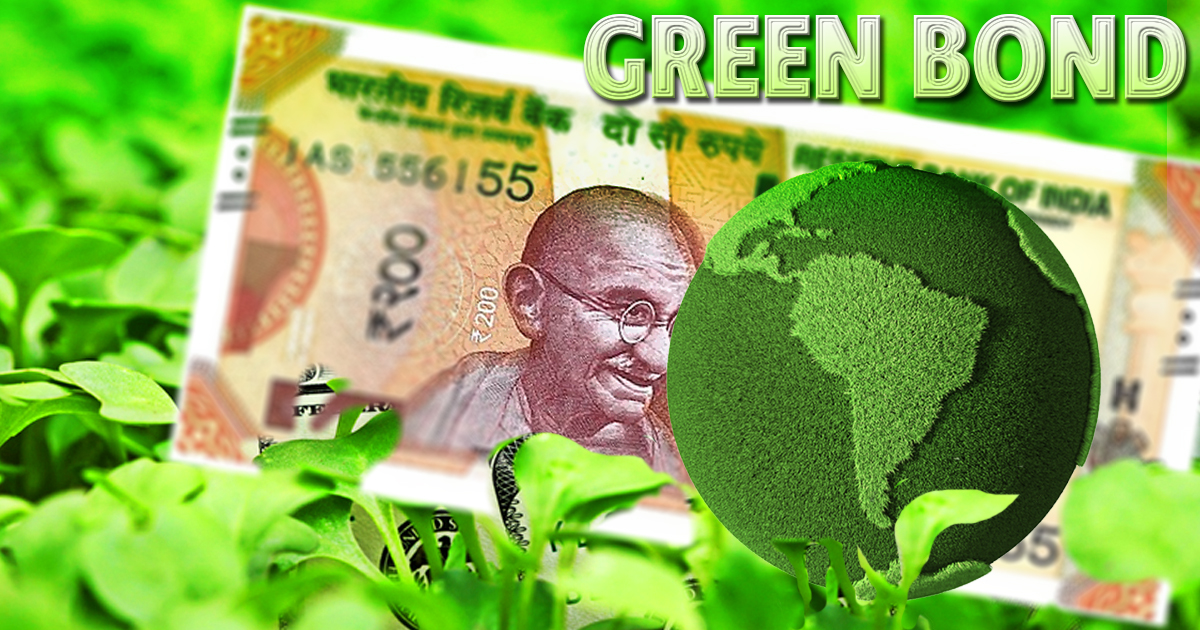
Concept
Green bonds have emerged as a financial instrument aimed at channeling investments into environmentally sustainable projects. As the world grapples with climate change and environmental degradation, green bonds offer a mechanism to finance initiatives that mitigate environmental impact and promote sustainability.
Definition of Green Bonds:
Green bonds are debt instruments issued by governments, corporations, or financial institutions to finance projects with environmental benefits.
The proceeds from green bonds are earmarked for projects such as renewable energy, energy efficiency, sustainable agriculture, green buildings, and clean transportation.
Features of Green Bonds:
Use of Proceeds: Green bonds explicitly specify the projects or activities that will be funded with the proceeds, ensuring transparency and accountability.
Certification and Verification: Issuers often obtain certification or verification from thirdparty entities to ensure compliance with established green criteria and standards.
Reporting and Transparency: Issuers are required to provide regular reports on the use of proceeds and the environmental impact of funded projects, enhancing transparency for investors.
Benefits of Green Bonds:
Environmental Impact: Green bonds facilitate investments in projects that contribute to environmental sustainability, such as reducing greenhouse gas emissions, conserving natural resources, and promoting biodiversity.
Access to Capital: Issuers of green bonds gain access to a growing pool of investors who are increasingly focused on environmental, social, and governance (ESG) considerations.
Brand Enhancement: Green bond issuance can enhance the reputation and brand image of issuers by demonstrating their commitment to sustainability and responsible investment practices.
Challenges and Risks:
Lack of Standardization: The absence of globally standardized criteria for green bonds can lead to varying definitions and interpretations, raising concerns about greenwashing.
Pricing and Market Liquidity: Green bonds may face challenges in pricing and liquidity compared to conventional bonds, as the market for green bonds is still relatively nascent.
Measurement and Reporting: Assessing the environmental impact of projects funded by green bonds and ensuring accurate reporting can be complex and resourceintensive for issuers.
Global Market Landscape:
Growth Trajectory: The global market for green bonds has experienced rapid growth in recent years, driven by increasing awareness of climate change and sustainability.
Geographic Distribution: While Europe has been a pioneer in green bond issuance, other regions, including North America, AsiaPacific, and emerging markets, are also witnessing significant growth in green bond activity.
Diversification of Issuers: Green bonds are issued by a diverse range of entities, including governments, municipalities, multilateral development banks, corporate entities, and financial institutions.
Policy Initiatives and Regulations:
Green Bond Principles (GBP): The International Capital Market Association (ICMA) developed the GBP to provide voluntary guidelines for the issuance of green bonds, promoting transparency and integrity in the market.
Regulatory Support: Governments and regulatory bodies are increasingly introducing policies and incentives to encourage green bond issuance and support sustainable finance initiatives.
Green bonds play a crucial role in mobilizing capital for environmentally sustainable projects and addressing global challenges such as climate change and environmental degradation.
Despite challenges and risks, the green bond market continues to expand, driven by growing investor demand for sustainable investment opportunities. As governments, corporations, and financial institutions increasingly recognize the importance of sustainability, green bonds are expected to play a significant role in financing the transition to a more sustainable and resilient future.
 Chinmaya IAS Academy – Current Affairs Chinmaya IAS Academy – Current Affairs
Chinmaya IAS Academy – Current Affairs Chinmaya IAS Academy – Current Affairs
